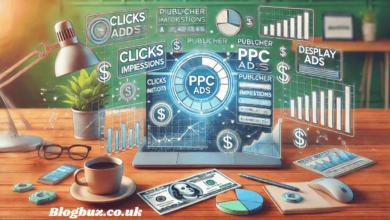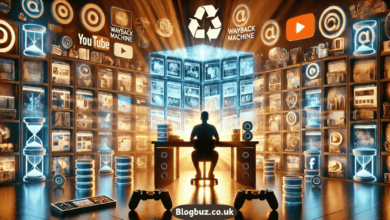The Rise of AI Influencers

A few months ago, Gary Vaynerchuk said something that got buried in a sea of predictions — but it stuck with me: “Companies that own a large amount of AI influencers are clearly a businesses of the future.”
At the time, it felt bold. Now it feels obvious.
We’re already seeing AI influencers dominate Instagram, TikTok, and even LinkedIn. They don’t just look real — they act it. They land brand deals. They spark engagement. They outperform human creators on consistency, polish, and yes, cost.
Aitana López, created by a Spanish tech agency, brings in around €10,000 a month. She’s entirely artificial but has a following and an income stream many real creators would envy. And she’s just one of dozens popping up across the web. Intrigued?
Human or not, strategy wins every time
These AI influencers aren’t succeeding because they’re pretty. They’re succeeding because there’s a system behind them. Teams. Strategies. Data. Everything is intentional — nothing is left to chance.
I’ve seen talented creators burn out chasing virality, thinking great content alone would get them noticed. It rarely does. I helped a friend who runs a women’s wellness podcast — thoughtful, real, beautifully produced. But for a year, it stayed invisible. Then we brought in help: distribution tactics, growth support, and engagement tools. The content didn’t change. The results did.
That’s the thing: visibility is not about talent alone. It’s about knowing how the system works and using it without compromising your voice.
Don’t do it alone
Every AI influencer possesses a structure: a group of people with a well-defined growth strategy. That’s what gives them their competitive advantage. Human influencers need a similar structure, not to mimic AI influencers, but to outcompete them with clarity of purpose.
You don’t need to engage a production team. But you do need someone nearby who understands how to propel your work onward. That can be a creative partner, a distribution associate, or a savvy marketing agency that helps you gain traction when you’re beginning with nothing. The point is not doing everything by oneself.
I’ve seen it firsthand — the moment a creator shifts from “posting and hoping” to “publishing with purpose,” everything changes. That shift often starts with the right kind of support. As you’ll soon see – it’s not other influencers that is your competition. It’s the AI.
The AI market is moving fast
Virtual influencers aren’t a passing trend. The year 2024 saw the market surpass $6 billion, with projections of over 40% annual growth through the end of the decade. Brands love them: they’re predictable, brand-safe, and always available.
And while it sounds like a lot to overcome, it’s simply a reminder of what today’s artists have to face. They are not only up against other creative humans but also teams of developers and designers who produce digital counterparts that never get tired and always stick to the script.
A content creator I know who has a platform focused on mental health recently lost a brand deal to a virtual influencer. What’s the reason? The brand said it was due to “more predictable performance metrics.” That’s the game now.
What you still have that AI never will
But here’s where the story shifts. AI doesn’t know what heartbreak feels like. It doesn’t understand shame, joy, grief, or anxiety. It can mimic, sure — but it can’t connect like a person who’s actually been through it. It does not feel these emotions in real time and with the intensity that we humans do. Even when AI acts like it understands us, it does not even come close to the personal connections we make with one another, either in the physical sense or through lives lived in the virtual lane.
The creators who are still breaking through today? They’re the ones who lean into their very human condition. They tell us stories—truly, relatable ones—that go far beyond the moment’s trends. They take us behind the scenes of their lives and work. They unveil the private shadows of doubt where they nearly gave up.
But here’s the catch—being genuine isn’t enough if nobody recognizes it. Authenticity without an audience is merely silent. And that is precisely why it matters just as much to have a strategy as it does to have a voice.
Final thought
Gary Vee was correct. The AI influencers are the future. Yet, this does not imply that there is no space for the remaining of us; instead, it merely indicates that we must arrive in a slightly different manner. In essence, we have to demonstrate the old-fashioned method of securing an audience with the aid of some new playbooks.
Today’s influence isn’t about omnipresence. It’s about a purpose. If you’re building something real, treat it like it matters — because it does.
And while AI influencers may be created by code, the most compelling content will always be made by people who have lived the lives they’re rapping about.




